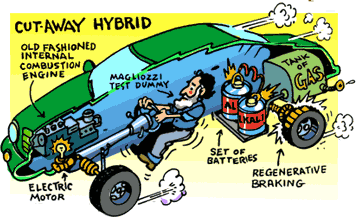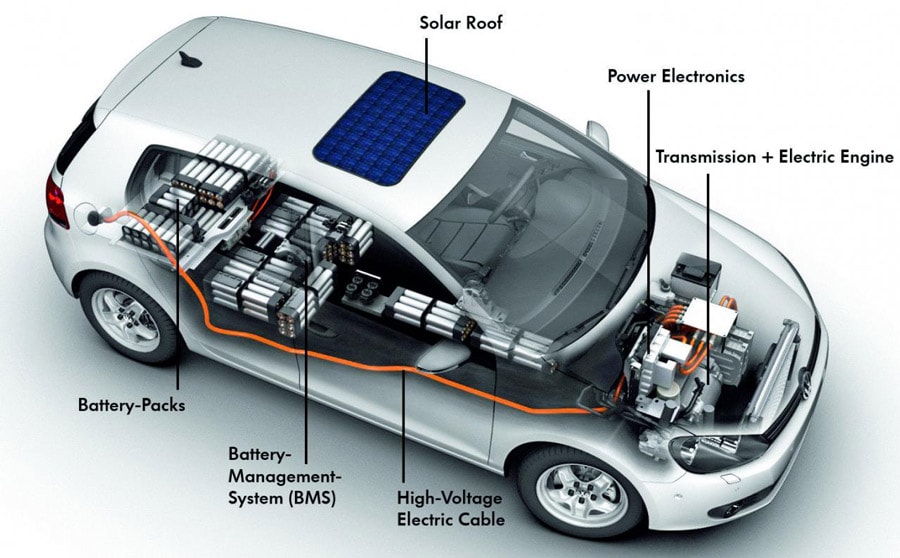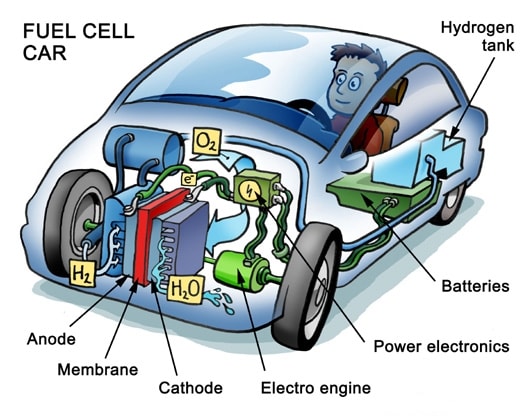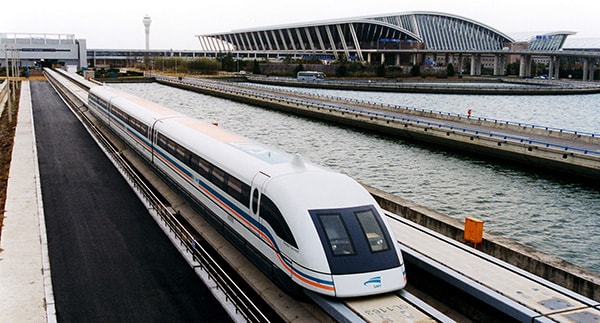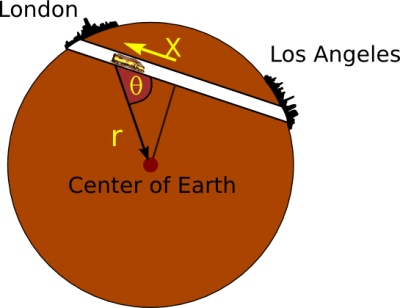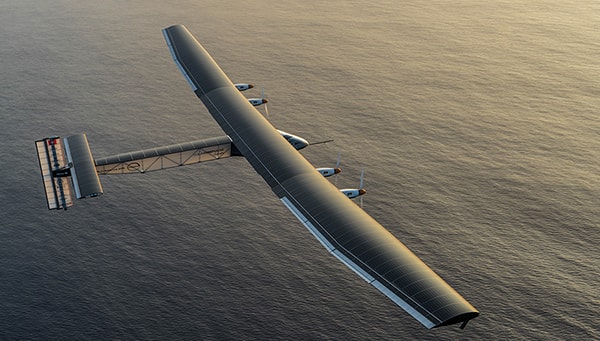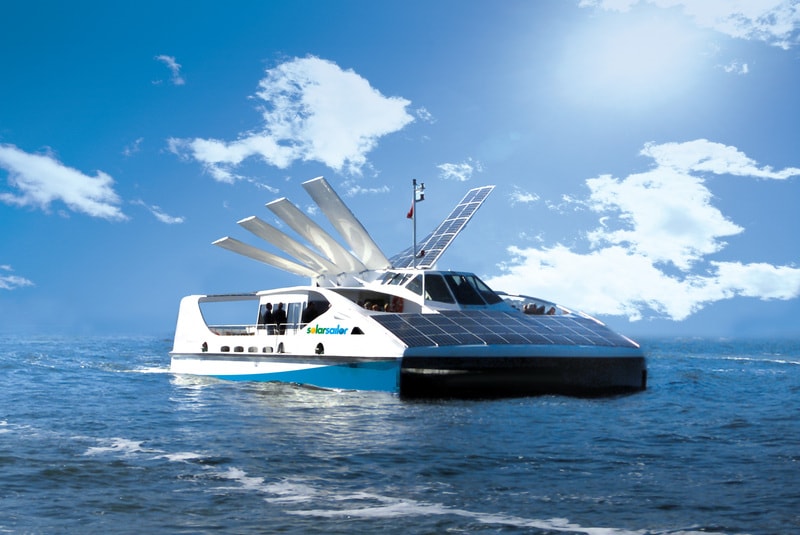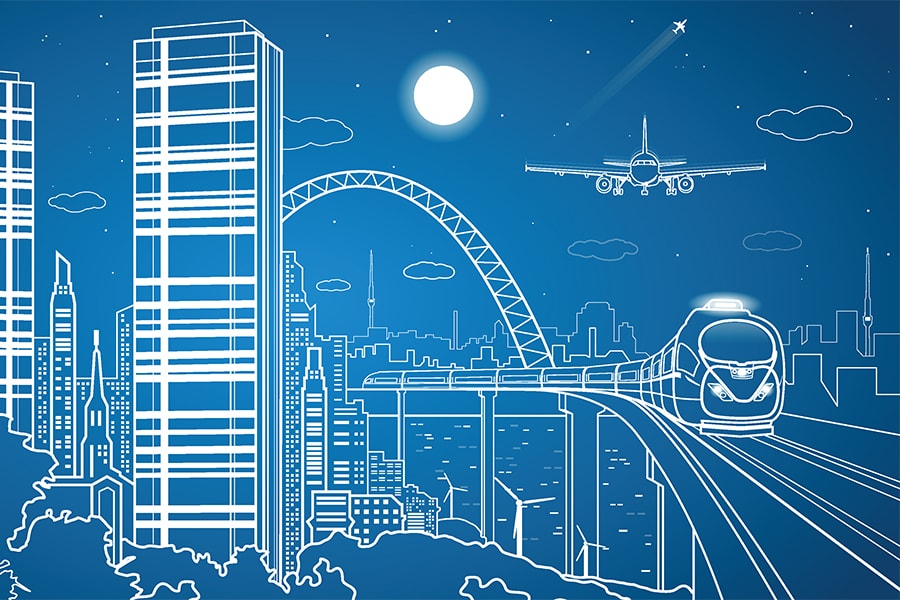
What’s In Store For The Future Of Transportation?
The future of anything sounds freakin’ awesome, especially when it comes to technology. Transportation seems like a steady-going economy, with no serious or major leaps in technology in recent years — we’re essentially building upon our current ones.
But what I’m here to provide you with is some awesome and insightful information into the technologies of the future of transportation! From cars to boats, I’ve covered a broad range of the future of transportation’s technologies and combined them into a shortlist for you. Check it out!
Cars
Hybrid
Hybrid vehicles are a mix between gas-powered cars and electric cars. So far, rising fuel costs and better designs and making the market more and more competitive. Even the U.S. Energy Act of 2005 provides a tax credit of up to $3,400 for owners of hybrid cars to make them more competitive.
They have a range of benefits over straight gas-powered cars:
- Smaller, more efficient engines — gas engines on conventional cars are made their size for peak power requirements, which are used by drivers less than 1% of the time.
- Regenerative braking — they capture some of the energy usually lost through heat when a car brakes and stores it in the battery.
- Smart engine operation — the engine can be turned off when the car is stopped; it doesn’t need to be on at all times.
- Increased fuel economy — the best hybrids have made fuel economy gains of 30-80% while maintaining, and sometimes, increasing horsepower with no decline in weight or size.
Most popular models are Honda Insight, Toyota Prius, Honda Civic Hybrid, and Ford Escape Hybrid.
Electric
Electric vehicles are essentially powered by an electric motor which stores the energy.
Pros:
- Saves money (on gas)
- Uses recyclable materials
- 90% conversion efficiency
- Better control
- Regenerative braking
- 90% cleaner than gas-powered cars
- Eliminates some car maintenance hassles, such as smog checks, tune-ups, oil changes, gears, torque converters, differentials, etc.
Cons:
- Fragile
- Charging issues
- Sensitive to contamination
- Require external reactants such as hydrogen
- Batteries require unstable chemicals and must be recycled
Hydrogen
Hydrogen-powered vehicles have no engine, but rather a fuel cell battery. That converts hydrogen to oxygen and then water, heat, and electricity.
Hydrogen is the most abundant element in the universe, simply because it’s so easy to produce (2 of the H and 1 of the O, right?). Vehicles using hydrogen would mean that there are less pollutants and emissions because it isn’t a combustion reaction.
The only thing is that there are some safety concerns, as hydrogen is highly flammable and hazardous to ingest. There are also some other challenges to the technology, including: cost, durability, size, heat recovery systems, and air, thermal, and water management.
Current types of hydrogen-powered vehicles include: buses, motorcycles, bicycles, airplanes, boats, and even submarines and forklifts!
Self-driving
For all the information you need, check out our very own article on self-driving cars!
Trains
MagLev
The use of magnetic levitation to propel trains; the trains will have magnetic undersides as well as tracks. Although, it requires an insanely high cost to build and operate.
Shanghai’s MagLev train transports around 20,000 passengers a day. $6 per passenger will take around 30 years to pay off just the capital costs, not including track maintenance, salaries, and electricity.
Studies are continuing on whether or not it can be successfully built between large cities in California and Las Vegas.
Vactrain (Theory):
- Basically, MagLev in vacuum-filled tunnels, so the suction helps decrease resistance and quicken the trip.
- Would be used in tunnels that are deep enough to pass under oceans.
- The train could hypothetically reach a top speed around 5000 mph (or around 8000 kph), making the trip between London and New York only 54 minutes.
- Hyperloop is a real-world example of advancements in this technology.
Gravity Train (Theory)
A theory based around using the gravitational pull of the Earth’s core to move trains from one side of the world to the other. It’s a somewhat overwhelmingly colossal project, but imagine travelling from Sydney to Paris in 42 minutes and 12 seconds at 18,000 mph (or about 29,000 kph)!
Why don’t we have one? Well, because: 1) FRICTION!!!, and 2) HOT!!! The centre of the Earth is 5,600 degrees Celsius, so that’s one hell of an engineering problem to solve.
Buses
Buses are beginning to run more and more on biodiesel and natural gas, which is a great thumbs up for environmental efficiency.
Ballard Power Systems of Vancouver has also developed and demonstrated the world’s first hydrogen fuel cell-powered city transit bus.
Another technology is Transit Elevated Bus (TEB), which is essentially a bus that drives over other traffic on the road. It recently debuted for the first time in Qinhuangdao, China.

Bikes
There are lightweight electric bikes going around these days, although they’re not the most popular. A well-known bicycle would be Audi’s electric, which is lighter than an Apple Macbook Air at 790 grams. Although, it currently has a 5 digit price tag at around $25,00 AUD.
Planes
Solar-powered planes are being continuously developed and are under constant trialing, but that’s only for light transport, not for mass transport or cargo.
Boats
Different types of boats are entering the new transport trend, yet most are yachts, motorboats, or even a double-story houseboat. The only promising trend for public transport would be the solar-powered catamaran.
At least Circular Quay will look a bit more tech-savvy with these bad boys.

